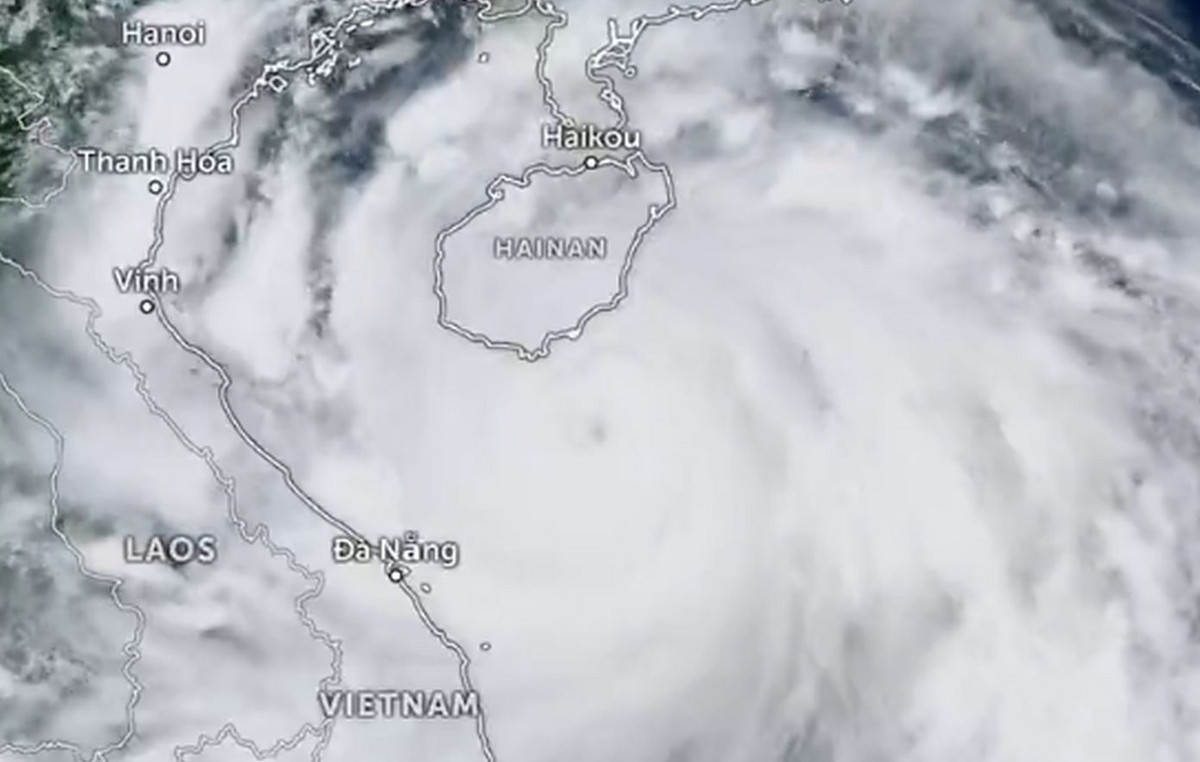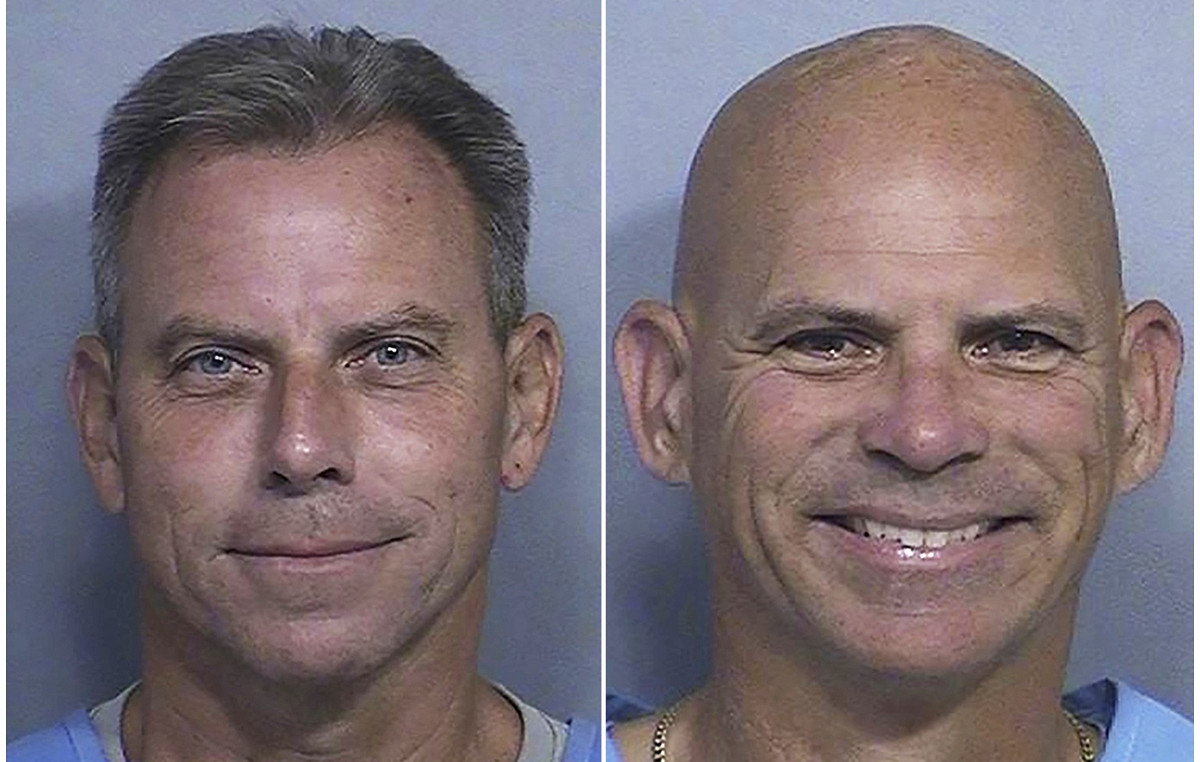The current Selic rate hike cycle, which went from 2% in March 2021 to the current 11.75% per year, should take about nine months to have an effect on the economy and inflation. This is what a study released first hand to CNN shows.
Data from the survey, carried out by Gabriel Barros, chief economist at Ryo Asset, show that by August, only half (51%) of interest rate hikes promoted by the Central Bank will have an effect on the economy. “Given the nine-month lagged effects of monetary policy on inflation, the normalization cycle [alta de juros] will weigh on the economy as of September 2022,” says Barros.
The economist explains that the low starting point of the Selic, which was at the level of 2% until March 2021, contributed to the lengthening of the effects of high interest rates.
“It will be necessary to have patience until the impacts of rising interest rates are felt on the economy and contribute to its disinflation – in addition to luck so that there is no additional exogenous shock, either from the advance of Covid in China or the escalation of the Russian war – Ukraine,” says Barros.
In the economic literature, it is common to mention a period of six months before interest actually takes effect in the economy. The study published by Barros, however, used updated variables from the Brazilian economy to arrive at a more accurate calculation of this lag.
Does the Selic increase take effect?
If, on the one hand, the rise in the Selic helps to contain inflation, as it cools down consumption and investments, on the other hand, the rise has the side effect of cooling the economy. Precisely for this reason, the current lifting cycle has generated criticism. In addition to taking place at a time when forecasts point to growth of less than 1% of GDP, the highs have not yet been able to contain the advance of inflation, which has been above double digits since October 2021.
The argument of those who criticize the increases is that the current inflation is caused by supply shocks – because of the pandemic and the war in Ukraine. Therefore, raising interest rates is ineffective because it has an effect only on demand.
Despite the criticism, Barros considers that the lag revealed by the study explains why the increase in the Selic rate has not yet been able to reduce inflation, which hits 11.3% in 12 months. “The Central Bank cannot sit idly by and must work to prevent the secondary effects of the supply shock, such as the de-anchoring of market expectations, from occurring and increasing the cost of keeping inflation at the target within the relevant horizon,” he says. he.
Source: CNN Brasil
I am Sophia william, author of World Stock Market. I have a degree in journalism from the University of Missouri and I have worked as a reporter for several news websites. I have a passion for writing and informing people about the latest news and events happening in the world. I strive to be accurate and unbiased in my reporting, and I hope to provide readers with valuable information that they can use to make informed decisions.







